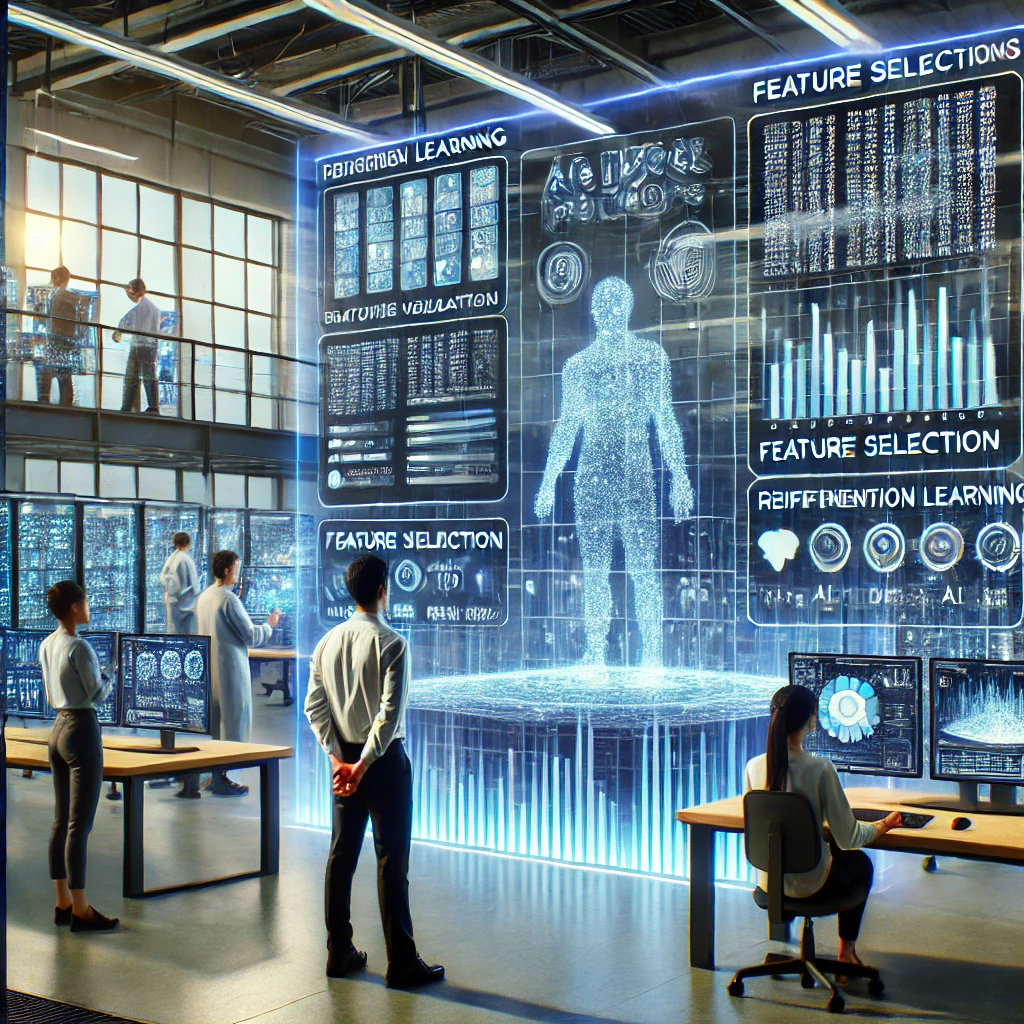How reinforcement learning and generative AI drive the next wave of data-centric AI innovation
Generative AI provides another transformative approach for optimizing tabular data. Instead of manually selecting or engineering features, generative AI models learn underlying data distributions and generate new feature representations that improve predictive accuracy. These models map raw feature spaces into continuous latent representations, allowing AI to identify the most meaningful features in a probabilistic manner.

In the evolving landscape of artificial intelligence, data quality has emerged as a fundamental driver of model performance. While deep learning advancements have largely focused on optimizing algorithms, a shift toward data-centric AI (DCAI) is now redefining how machine learning systems are trained and refined. Tabular data, widely used in industries such as healthcare, finance, and marketing, presents unique challenges due to its structured yet complex nature.
A recent study titled "A Survey on Data-Centric AI: Tabular Learning from Reinforcement Learning and Generative AI Perspective" by Wangyang Ying, Cong Wei, Nanxu Gong, Xinyuan Wang, Haoyue Bai, Arun Vignesh Malarkkan, Sixun Dong, Dongjie Wang, Denghui Zhang, and Yanjie Fu, published in arXiv (2025), systematically explores how reinforcement learning (RL) and generative AI techniques are transforming tabular data optimization.
Reinforcement learning for feature optimization
Feature selection and generation are essential aspects of refining data representations. Traditional feature engineering depends on human expertise, which is often inefficient and inconsistent. Reinforcement learning (RL) automates this process by iteratively selecting and generating features based on reward-driven decision-making. Multi-Agent RL frameworks distribute feature selection tasks among multiple agents, optimizing large-scale datasets by parallelizing computations. Single-Agent RL approaches, on the other hand, explore feature selection paths sequentially to identify optimal feature combinations. Hybrid RL models integrate external guidance, such as domain knowledge, to improve decision-making efficiency and accuracy.
For feature generation, RL-based models apply transformation functions to create new features that capture deeper statistical relationships within data. These models dynamically adapt to changing data distributions, enabling continuous optimization. By minimizing reliance on manual feature engineering, RL-based methods enhance model interpretability, adaptability, and scalability, leading to more effective AI-driven decision-making.
Role of generative AI in tabular data transformation
Generative AI provides another transformative approach for optimizing tabular data. Instead of manually selecting or engineering features, generative AI models learn underlying data distributions and generate new feature representations that improve predictive accuracy. These models map raw feature spaces into continuous latent representations, allowing AI to identify the most meaningful features in a probabilistic manner.
For feature generation, generative techniques create synthetic data while preserving original feature relationships. This approach is particularly useful for handling missing data, reducing noise, and balancing class distributions. Transformer-based encoders and variational autoencoders (VAEs) automate the feature engineering process, reducing the need for extensive labeled data. As a result, generative AI enhances data robustness and scalability, improving model performance across different domains.
Strengths and limitations: RL vs. Generative AI
Reinforcement learning and generative AI offer distinct advantages in tabular data optimization. RL-based feature selection is highly interpretable and adapts dynamically, making it ideal for applications requiring transparency, such as healthcare and finance. However, RL models often require substantial computational resources and well-defined reward functions, making their implementation complex.
Generative AI, in contrast, excels in automating feature transformation and data augmentation, though it may suffer from interpretability challenges due to its black-box nature. Training generative models requires careful tuning to avoid biases, but they remain valuable for improving model generalization. A hybrid approach, where RL refines feature selection while generative AI enhances data augmentation, offers a comprehensive solution for optimizing tabular datasets.
Future of data-centric AI in tabular learning
Data-centric AI is poised to transform machine learning applications by emphasizing automation, scalability, and interpretability in feature engineering. The integration of large language models (LLMs) with tabular learning presents new opportunities, allowing AI to incorporate textual domain knowledge into structured data representations. Privacy-preserving techniques, such as federated learning and differential privacy, are also crucial for securing sensitive data while optimizing feature transformations.
Additionally, real-time feature engineering is gaining traction, enabling AI systems to dynamically adjust feature selection based on evolving data trends. This is particularly beneficial in fraud detection, financial forecasting, and other domains where timely insights are essential. By leveraging RL-driven optimization and generative AI-based transformations, data-centric AI continues to enhance the efficiency and accuracy of machine learning models operating on tabular data. Future research will focus on refining these methodologies, ensuring that AI systems are more robust, interpretable, and adaptable to diverse real-world challenges.
- FIRST PUBLISHED IN:
- Devdiscourse










